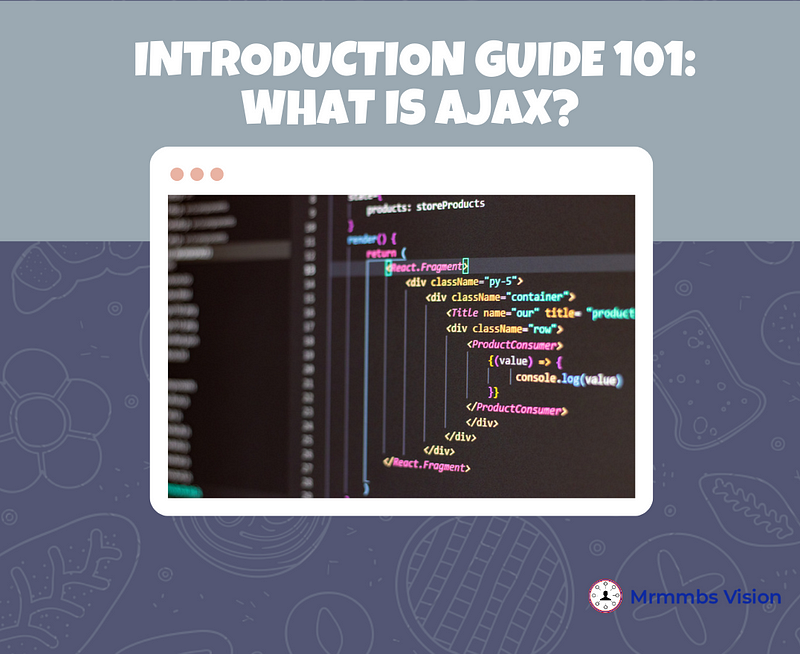 |
If you work in technology, you’ve probably heard of the term “AJAX.” Often considered a concept, people are still confused about how to address Ajax. Some say it’s a programming language, a few say it’s a tool, while others say it’s a software platform. In reality, Ajax is basically an acronym that stands for Asynchronous Javascript and XML, a web development technique used in creating highly responsive and dynamic user experience websites and web application pages by a Website Development Company.
Types of Ajax
In the area of development, there are only two types of Ajax:
- Asynchronous Ajax: The asynchronous type of Ajax helps the user execute the next line even if the previous code is not completed.
- Synchronous Ajax: The synchronous type of Ajax is the one that stops the JavaScript execution until it gets the response from the server.
Where do I use it?
Ajax is used in web pages and applications for updating by swapping the data with the server. It helps developers update the data on the page, website, and application without reloading the page.
It is commonly used in different parts of websites and web applications like:
- Showcasing suggestions in the search
- Adding review
- Like feature
- Comment feature
- Rating feature
Common benefits of Ajax
As a whole, whenever Ajax is used, it offers several benefits, such as:
- Better user experience
- Zero reloading of the page on each request
- Easy sending and receiving of the data to the server
- Easy updating of a particular part of the page
- Increases the speed and performance
When used in web applications, Ajax offers four main benefits, such as:
- User-friendly: Ajax-enabled applications are eliminated with a page postback, which makes them faster, more responsive, and more user-friendly.
- Increase in speed: Ajax is used in web applications to increase the speed and usability of the web application. For instance, Netflix used Ajax in its movie rating feature, in which a user rates a movie, and the rating is saved in the database without reloading the page.
- Callbacks: Ajax is used because it performs a callback that saves or retrieves the data without posting the entire page back on the server.
- Making asynchronous calls: Ajax helps make asynchronous calls that help the client easily access the data with one click. It helps eliminate the waiting time for the data to arrive before second or more actions are placed.
Conclusion of the blog
As Ajax is a scripting language using JavaScript provides different advantages it has no downside when it comes to making a website. It adds to the overall designs and experience making the website user-friendly. Because it is a collection of robust technologies it seamlessly helps in building more responsive pages. It enables applications to be more responsive, user-friendly, and faster. If you are willing to contribute and get a website or web application based on Ajax, you should reach out to an App Development Company in Delhi like Mrmmbs Vision offering Web Development Services.
Also Read : Explore the True Potential of Web Portal Development

0 Comments
Post a Comment